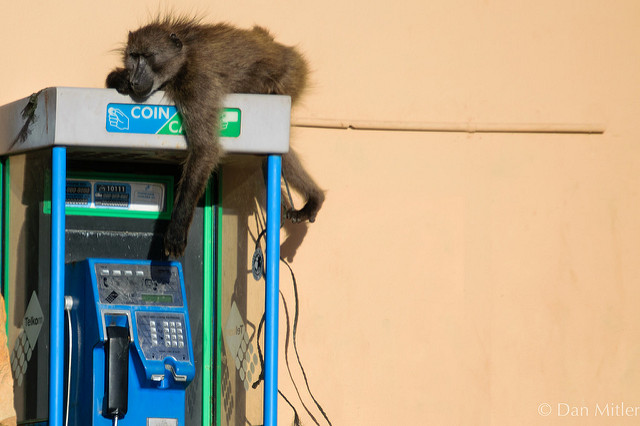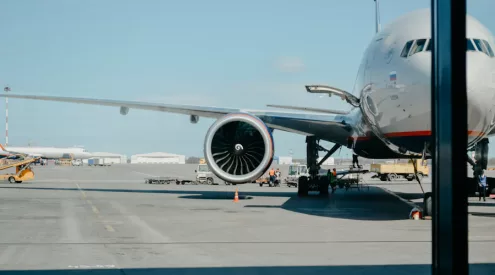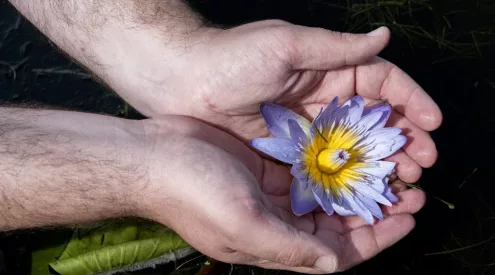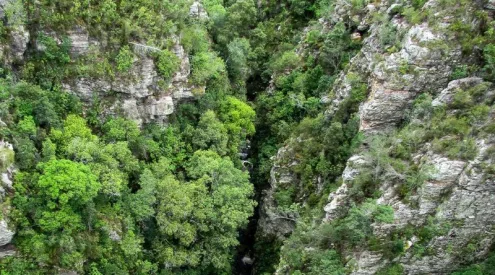The way that animals form groups and live together, a social strategy to keep the group safe from predators, can be highly altered by the presence of cities and urban spaces. The systems of risk and reward are changed and it is possible that their ‘collective behaviour’, the way the individual animals act in groups, changes.

Picture: Getaway gallery / Dan Mitler
Scientists had never been able to track group behaviour as it is hard to observe so many individual animals at once. In urban spaces, it’s even harder to observe wild animals.
In Cape Town, chacma baboons move into urban spaces from the wild to access human food. There is a private company contracted by The City of Cape Town employed especially to herd the baboons out of human streets and living spaces. This is to lessen the negative interactions caused. These ‘baboon rangers’ try to ensure that less harm is inflicted on baboons by people, cars, dogs, pellet guns, and electric fences.
As reported by Cape Town etc, PhD candidate, Anna Bracken and her team attempted to understand how the behaviour of a troop of baboons changes when living on the edge of the urban space in Cape Town. They did this by fitting GPS trackers to the baboons that measured distances between the baboons, speed variations and compass direction in urban and wild environments.
It was found that in the urban space, the group had poor coordination and as a result, split up into smaller groups. Their natural patterns of collective behaviour broke down in urban space due to the physical barriers not present in their natural environment.
Researchers found that despite the collective behaviour of the baboons changing in urban spaces, the leaders of the troop still maintain their influence over the movement of lower-ranking troop members. Leadership is examined by researchers through detecting movements and relative positions of all the individual baboons over time.
It has been found that high-ranking males with lots of social connections are leaders because they protect the troop from predators and other dangers. This shows that leadership may not be as flexible as the other factors of their collective behaviour.
Adult males are much bigger than other baboons and get more complaints from the public. The troop usually follows these males, so baboon rangers work on deterring these males from urban spaces first so that the rest of the troop also disperses.
It has been shown that it is not that simple, however. Lower-ranking females who have fewer social connections have been shown to move away from the troop individually or with smaller groups into the urban spaces. A different approach to management has to be developed to control this.
These findings are important for authorities to know how to deter baboons from urban spaces. It is much easier to herd baboons out of a town when the troop is whole, rather than down the line when the troop has divided up into sub-units, but monitoring many groups is expensive and hinders the effectiveness of their management of them.
What needs to be discovered next is what exact factors cause the troops to split up in urban spaces. Is it too hard for them to communicate? Or does the distraction of human food cause them to split up?
Answering these questions will help with controlling negative interactions between humans and baboons. It will also help us to better understand how baboons adapt to human spaces.
ALSO READ
Three poachers arrested in Kruger plead guilty, sentenced to prison

















